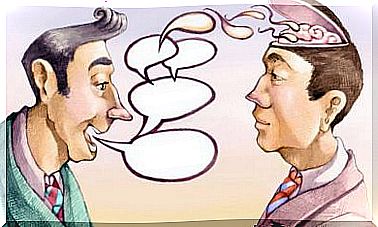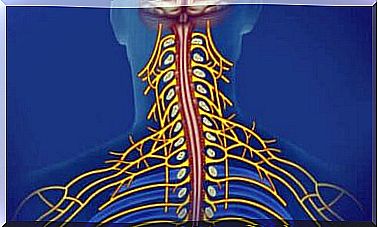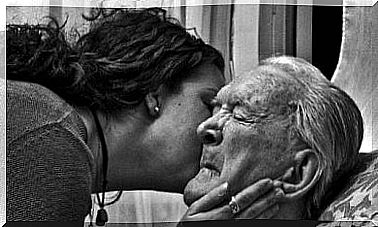The Cognitive Behavior Therapy

Over the years psychology has developed a variety of approaches to understanding and addressing human behavior. Each approach has its theoretical basis and practical application. For more than three decades, cognitive behavioral therapy has proven to be one of the most effective psychotherapeutic methods.
Psychologists have successfully used them to treat many types of problems. After all, it is a flexible and efficient option. Because this type of therapy can cause significant changes in the patient in a short time. In addition, due to its diverse techniques, it offers great flexibility in order to adapt to the respective person and the respective problem.

Cognitive behavioral therapy and its origins
Trends in psychology deform and change over the years. Two of these, cognitivism and behaviorism, are at the heart of the approach we are discussing today. For this reason we decided to go into each of the two theories a little more first.
behaviorism
Behaviorism’s primary interest is in visible behavior. His subject of study is behavior that can be observed and measured.
This doctrine believes that behavior is a response to certain stimuli and that the frequency either increases or decreases due to the consequences. In this way, we can change a person’s behavior by changing the relationships between stimulus, response, and consequence.
Here’s an example of this: Someone with a dog phobia has linked dogs with fear. Therefore, if the affected person sees a dog, they want to run away. However, if we can break this connection, dogs will no longer produce repulsive stimuli and the person will no longer have to run from them. On the other hand, if we want our child to eat more vegetables, we should praise them every time they do so.
Cognitivism
This psychological approach focuses on the study of knowledge or thoughts and mental processes. It’s about understanding how people interpret and process the information they receive.
The basis of cognitivism is the idea that we don’t perceive reality as it is, but as we are. Everyone has their own internal processes and these give the reality they perceive a different meaning.
Here’s an example: You call a friend and they don’t answer. Now you might think that he or she didn’t hear your call, or you might think that he or she didn’t want to talk to you because they don’t really like you. The reality is the same, but the internal process is completely different.

Cognitive behavior therapy
Cognitive Behavioral Therapy (CBT) is thus a combination of the above schools of thought. It connects thoughts with behavior. Under this approach, there is an essential relationship between thoughts, emotions, and behaviors. Changes to one of these components affect the others.
This therapy uses a variety of techniques to modify one of the three elements, bearing in mind that the changes will affect the other two. For example:
- Cognitive restructuring is a technique based on helping individuals change their beliefs or thoughts. It challenges those affected to evaluate the truth about what they think and find more adaptive alternatives. When we change the way we interpret reality, we also change our feelings and actions.
- Exposure therapy is all about behavior change. It encourages the patient to go straight to what they fear instead of avoiding things. If he changes his behavior and deals with his fear, he realizes that it is unfounded and consequently changes his associated beliefs and emotions.
- Relaxation techniques focus on changing emotions. They help people with their emotional self-regulation and control their level of activation. As their feelings change, their thoughts will be less disastrous and they will change their behavior to face their problems instead of running away.
Conclusion
For the reasons stated above, cognitive behavioral therapy is a complete, flexible, and effective approach. It can help patients with a wide variety of diseases and conditions to achieve significant improvements in a short period of time.
And not only that, because cognitive behavioral therapy is also the psychological approach with the most scientifically proven evidence. If you are now thinking about trying therapy, you should still first explore all available options and then choose the therapy that you identify with best.









